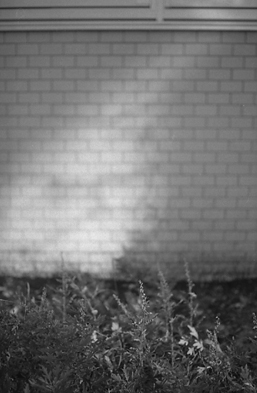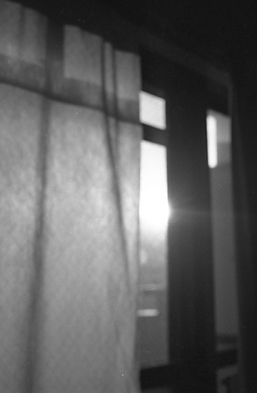The Struggle Against Nostalgia
Two January exhibitions by Ryudai Takano show this Tokyo artist’s development since March 11th. “Photo-Graph” is on show at Yumiko Chiba Viewing Room in Nishi-Shinjuku, while “Daily Photos” can be seen in the NADiff a/p/a/r/t’s Window Gallery, Ebisu.
Ryudai Takano is an artist whose best-known works boldly explore nudity and queer identity through large-scale photographic portraiture. In the past ten years or so he has held solo shows with titles such as “Tender Penis”, “How to Contact a Man”, and “With Me”, the latter being an amazing series of self-portraits taken in the nude with willing locals, also nude, in Okinawa and Tokyo. He has also published photo books such as the 2005 publication, “In My Room”, for which he won the 31st Kimura Ihei Photography Prize.

Visually, “Photo-Graph” is vastly different to Takano’s figurative photography. Like many artists after March 11th, he became introspective while considering the best way to respond artistically to this major event. His instincts took him to a place that was more simple and stripped-back than his figurative works. The message became reduced to a “mood”, away from colour imagery to far more sober-looking silver gelatine prints in monochrome. These large, black-and-white images focus on pavement, walls and other non-descript urban surfaces that seem purposefully void of focal points.
 On closer inspection, it seems that Takano hasn’t entirely given up figurative photography. Some of the surfaces carry the artist’s shadow. If this is “post-March 11th” art, Takano’s series accurately portrays that sense of quiet and calm that many people, not just artists, were looking for in the panic of the following weeks after the great earthquake.
On closer inspection, it seems that Takano hasn’t entirely given up figurative photography. Some of the surfaces carry the artist’s shadow. If this is “post-March 11th” art, Takano’s series accurately portrays that sense of quiet and calm that many people, not just artists, were looking for in the panic of the following weeks after the great earthquake.
Over at NADiff a/p/a/r/t, “Daily Photos” includes more familiar content. The title is quite appropriate for Takano, an artist who not only takes photographs every day, but several times a day, as the impulse takes him. The term “daily photography” also suggests that the content is somehow familiar — familiar faces, objects, scenery, etc — as in the Japanese term for everyday life, seikatsu. While the everyday has been an extremely popular topic for contemporary Japanese photographers, Takano manages to present his original take on this genre.
As a gay man, Takano’s everyday life differs from most people’s experience. In the hundreds of photographs on display, both printed and shown in a slide show video, one can see images of transvestites and other naked men, recognisable from Takano’s photo books, bedroom scenes, artists, placed among more banal images like empty streets and doorways. This work is not about calmness, but it is still a reflection of life after the Great East Japan Earthquake. He is reflecting back on life before 3/11, but he is struggling against the inherent nostalgia. After years of photographing all kinds of moments, not just the big holidays and milestones that usually call for a photographs, Takano is sifting through his collection to present an as authentic as possible exposition of his daily life up until the life-changing events of last year.
Emily Wakeling
Emily Wakeling



